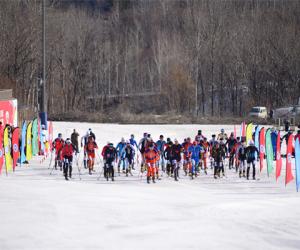
Phnom Penh is both the capital and largest city of Cambodia. Considered by many the most elegant city in French Indochina, Phnom Penh was established in its present form during the late 19th and early 20th centuries, and was strongly influenced by French colonial architecture as a result. It's also the site of the 19th century Royal Palace, official residence of King Sihanouk and repository of some of the finest art treasures in the country.
During the 'Zero Years' of Khmer Rouge power between 1975 and 1979, Phnom Penh was emptied of its population and survived as a ghost city, with only a skeleton administration to serve the needs of the communist leadership. As a consequence of this bizarre policy, coupled with many years of warfare and destruction between 1973 and 1993, the city fell into terrible disrepair. Fortunately, it is today fast being restored and has once again become a thriving commercial, artistic and indeed culinary hub.
Along The Quay by the Sap and Mekong Rivers: The Cambodian capital is an attractive riverside city of broad boulevards with numerous sights to please the visitor. It's still rather shabby and run down from the long years of warfare and abandonment, but improvements are well underway. All of the more important attractions are located beside, or within walking distance of the riverside, an area which also has many of the best restaurants and cafés in town.
Wat Phnom, built on a small mound in the north of the city not far from the banks of the Sap River, is a good place to begin a tour of the waterfront. It is perhaps the most important temple in the capital, and from it the capital takes its name. According to legend, around six centuries ago a Cambodian lady called Penh found some Buddha figures washed up by the bank of the Sap River. Being both rich and pious, she had a temple constructed to house them on top of a nearby hill--in fact a mound just 27m (88ft) high, but for all that the highest natural point in the vicinity--hence 'Phnom Penh' or 'the hill of Penh'. Wat Phnom, the temple built to house the figures, is entered from the east via a short stairway with naga (serpent) balustrades. The main vihara, or temple sanctuary, has been rebuilt several times, most recently in 1926. There are some interesting murals from the Vessantara Jataka or Buddha life-cycle stories, and in a small pavilion to the south is a statue of Penh, the temple's founder. Wat Phnom is eclectic to say the least. Although dedicated to Theravada Buddhism, it also houses (to the north of the vihara) a shrine to Preah Chau, who is especially revered by the Vietnamese community, whilst on the table in front are representations of Confucius and two Chinese sages. Finally to the left of the central altar--in case anyone feels left out--is an eight-armed statue of the Hindu deity Vishnu. The large stupa to the west of the vihara contains the ashes of King Ponhea Yat (1405-1467). You may like to take a short elephant ride around the mound on which the temple sits; there are numerous cold drink vendors in the vicinity.







